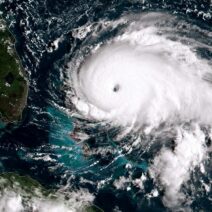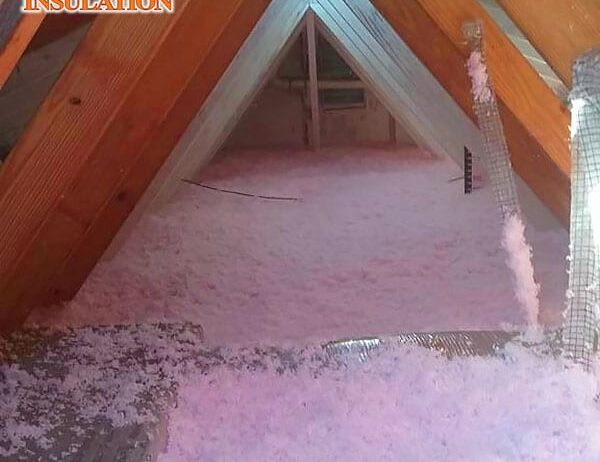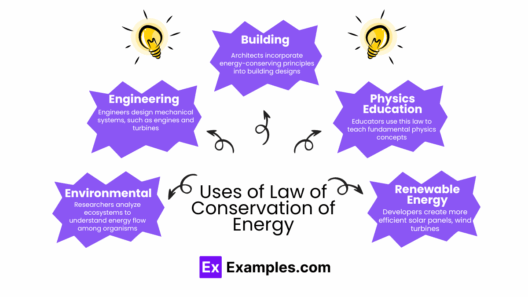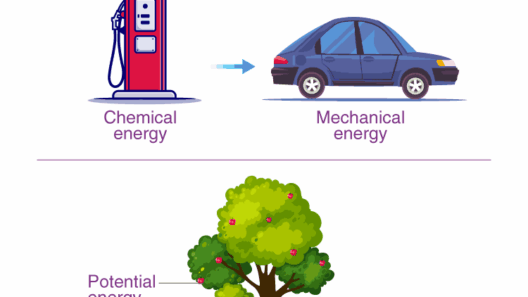In the grand tapestry of energy conservation, insulation serves as a steadfast guardian, cloistering warmth in winter’s embrace while warding off the sweltering heat of summer. Analogous to a well-tailored suit, insulation fits snugly around our living spaces, ensuring optimal comfort while minimizing unnecessary energy expenditure. In our quest to understand whether insulation genuinely aids in energy conservation, we must delve into its multifaceted role in modern architecture and energy efficiency.
At its core, insulation is a material barrier designed to resist heat flow. This property becomes a pivotal player in the thermal dynamics of a building. When winter chills descend, well-insulated walls behave much like a thick forest, retaining heat within while deflecting the harsh cold from outside. Conversely, during summer’s oppressive heat, insulation functions like a reflective shield, preventing heat from infiltrating and keeping indoor environments pleasant. With these scenarios, it becomes evident that proper insulation is paramount in achieving energy efficiency in our homes.
Consider the performance of an air conditioner on a sultry day. If the surrounding structure lacks adequate insulation, the cooling unit must labor incessantly, attempting to maintain a comfortable temperature. This constant battle leads not only to elevated energy bills but also increases the carbon footprint associated with electricity generation. Hence, adequate insulation acts as a buffer, reducing the burden on HVAC systems and promoting sustainable energy use.
Furthermore, the benefits of insulation extend beyond mere energy conservation. The quietude it affords resembles the calming presence of a serene lake, enabling households to enjoy tranquility amidst external cacophony. In a world rife with noise pollution, insulation serves as an acoustic dampener, shielding inhabitants from disruptions and enhancing quality of life.
The diverse types of insulation available add another layer of complexity to the conversation. Fiberglass, cellulose, spray foam—each variety presents unique properties tailored to different needs. Fiberglass, for instance, is known for its fire resistance and effectiveness in standard thermal insulation applications, while cellulose flourishes in spaces eager for an eco-friendly alternative made from recycled materials. Spray foam, with its superior air-sealing capabilities, can be likened to a second skin, molding to the contours of a structure and providing both insulation and sealing in a single application. The choice of insulation material becomes pivotal, influenced by factors such as climate, budget, and personal values regarding sustainability.
Yet, the installation of insulation remains a critical factor. Flawless execution during the installation process ensures that insulating materials perform their intended function effectively. Poorly installed insulation—think of it as a poorly built dam—can result in leaks, diminishing the overall thermodynamic performance. Air leaks, often found around windows and doors, can be insidious, counteracting the benefits that insulation seeks to provide. Thus, it is essential to engage competent professionals who understand the nuances of building science to avert such pitfalls.
Moreover, insulation does not merely benefit individual homes; its impact reverberates throughout entire communities and the broader environment. When a significant number of homes operate efficiently, the collective energy savings contribute to a reduced demand for energy production. This, in turn, lessens the strain on power plants and diminishes reliance on fossil fuels, decreasing greenhouse gas emissions and mitigating climate change. Such a ripple effect underscores the powerful role insulation plays as a cornerstone of sustainable living practices.
Additionally, insulation offers seasonal advantages that align with the cyclical nature of climate. During hotter months, its ability to keep residences cool can lead to reduced air conditioning usage. Similarly, in the colder months, insulation ensures warmer interiors without overtaxing heating systems. It’s analogous to a well-synchronized orchestra; each instrument plays its part, creating a harmonious balance between comfort and efficiency. In this symphony of energy consumption, insulation is a central player that dictates the tempo.
Furthermore, as energy efficiency standards evolve, the role of insulation becomes increasingly pertinent. Governments and regulatory bodies worldwide are beginning to recognize the urgency of adopting stringent energy codes. These codes often stipulate higher insulation requirements, compelling builders and architects to prioritize this essential element in their designs. Emerging technologies, such as insulating concrete forms and advanced thermal insulation materials, promise to transform the landscape of building practices, further entrenching insulation’s key role in energy conservation efforts.
In summation, insulation does, undoubtedly, help conserve energy. It serves as a shield against the elements, protects the sanctity of interior environments, and participates in a larger narrative that underscores our responsibility toward sustainable living. The interplay between comfort, efficiency, and ecological responsibility forms a trifecta that modern homeowners must embrace. The challenge lies not only in recognizing the intrinsic value of insulation but also in appreciating the broader implications of its presence within our homes and communities. As stewards of the environment, each of us has a role to play in championing energy efficiency, with insulation emerging as a subtle yet powerful ally in our collective journey toward a sustainable future.








